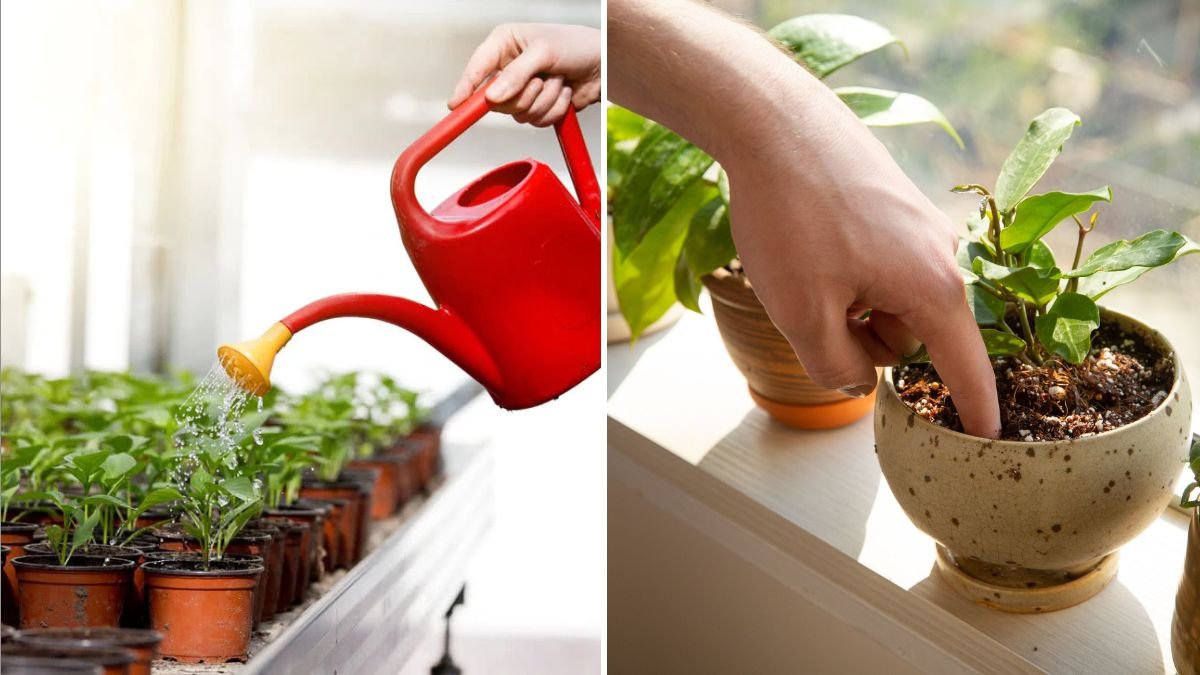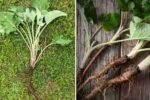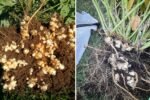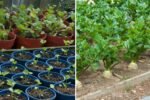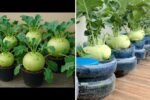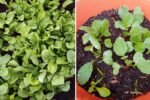Watering may seem like the simplest task in gardening, but doing it correctly is one of the most crucial factors for plant health. Too little water stresses plants, stunting growth, while overwatering can lead to root rot and fungal diseases. Different plants have different needs, and factors such as soil type, weather, and container size all influence how much water is required. By mastering how to water your plants the right way, you can ensure lush growth, vibrant blooms, and a thriving garden.
This guide will walk you through the principles of effective watering, techniques, timing, and tips for both indoor and outdoor plants.
Why Proper Watering Matters
Water is essential for plants because it:
- Supports Photosynthesis: Water helps plants convert sunlight into energy.
- Transports Nutrients: Water dissolves nutrients in the soil and carries them to roots and leaves.
- Regulates Temperature: Evaporation from leaves cools plants in hot weather.
- Maintains Cell Structure: Adequate water keeps plants firm and upright.
Incorrect watering—either too much or too little—can cause:
- Wilting or yellowing leaves
- Leaf drop or slow growth
- Root rot and fungal infections
- Reduced flowering and fruiting
Step 1: Know Your Plants’ Water Needs
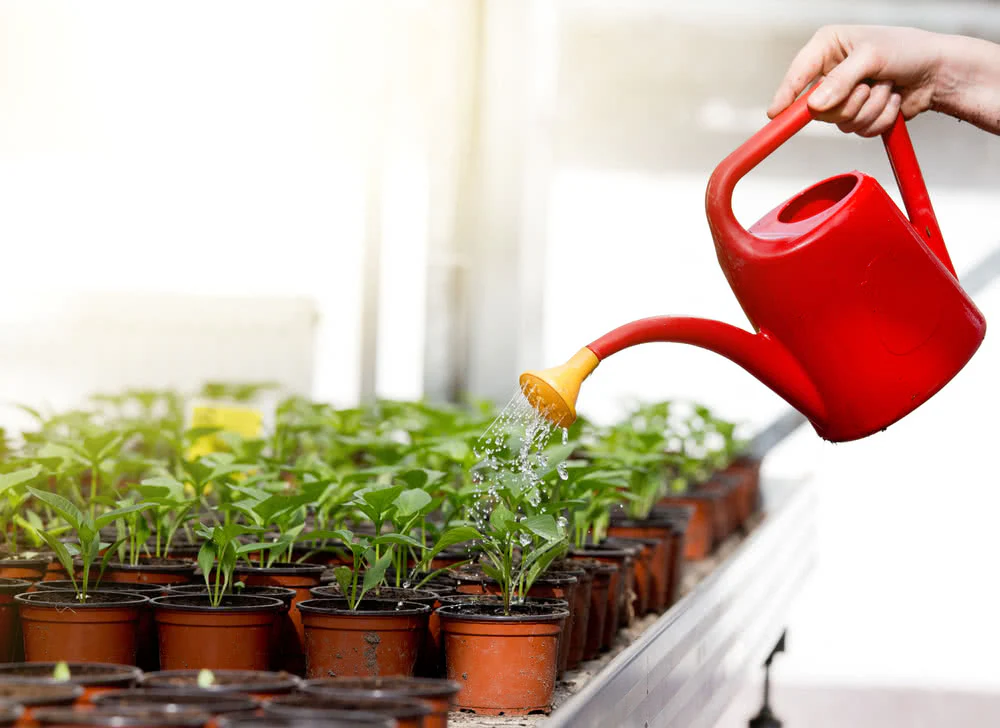
Different plants have varying water requirements:
Indoor Plants
- Succulents & Cacti: Minimal watering; allow soil to dry completely between waterings.
- Tropical Plants: Moderate to high moisture; prefer evenly moist soil but avoid soggy roots.
- Flowering Houseplants: Often need consistent watering when the top 1–2 inches of soil dry out.
Outdoor Plants
- Vegetables & Fruits: Need deep, regular watering to support roots and fruit development.
- Annual Flowers: Require consistent moisture, especially during hot weather.
- Perennials & Shrubs: Usually need less frequent watering once established.
Tip: Research each plant’s natural habitat for clues on water requirements. Desert plants need infrequent watering, while rainforest plants thrive in consistently moist soil.
Step 2: Check Soil Moisture Before Watering
Watering without checking soil moisture can lead to overwatering or underwatering.
Methods to Check Moisture:
- Finger Test: Insert your finger about 1–2 inches into the soil. If it feels dry, it’s time to water.
- Moisture Meter: Useful for precise measurements, especially in pots or indoor plants.
- Visual Cues: Wilting, dry soil surface, or soil pulling away from the edges of a container indicates a need for water.
Tip: Soil may look dry on the surface but still retain moisture below. Always check below the top inch of soil.
Step 3: Use the Right Watering Techniques
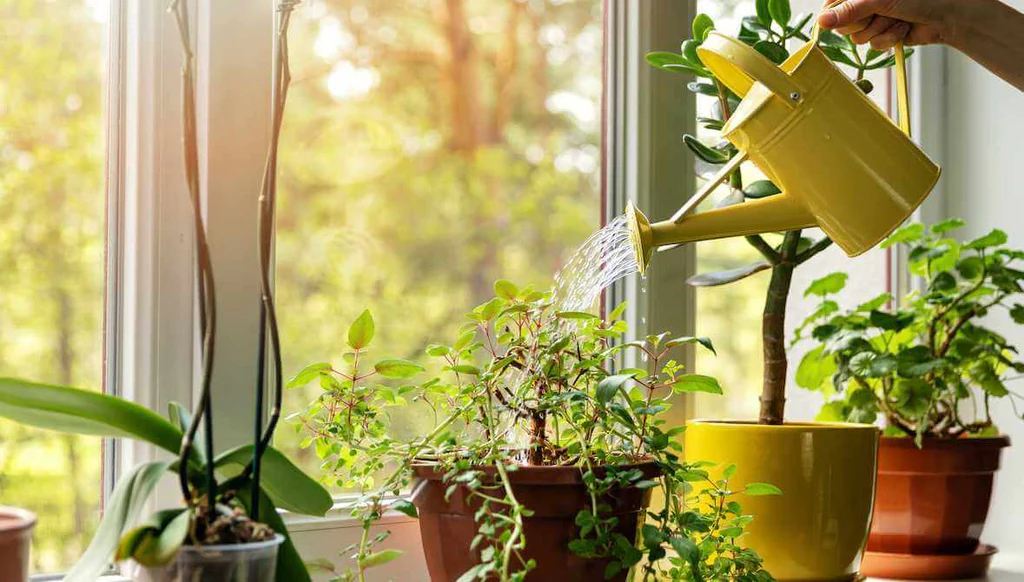
1. Deep Watering
Deep watering encourages strong root development. Shallow watering leads to weak, surface-level roots.
How to Deep Water:
- Water slowly at the base of the plant until the soil is moist several inches deep.
- For containers, water until excess drains from the bottom holes.
- Avoid splashing water on leaves, especially for plants prone to fungal infections.
2. Watering at the Right Time
Timing affects water absorption and plant health.
- Morning Watering: Best time for most plants. Water evaporates slower, allowing roots to absorb moisture before the heat of the day.
- Evening Watering: Acceptable if temperatures are moderate, but avoid watering too late to prevent prolonged damp leaves overnight.
- Midday Watering: Generally discouraged because water can evaporate quickly and may scorch leaves in direct sunlight.
3. Watering Frequency
Frequency depends on plant type, soil, and climate:
- Sandy Soil: Drains quickly, requires more frequent watering.
- Clay Soil: Retains water longer, less frequent watering needed.
- Mulched Soil: Mulch reduces evaporation, lowering the watering frequency.
Tip: Monitor weather conditions; reduce watering after rainfall or during cooler temperatures.
Step 4: Use the Right Tools
The right tools make watering more efficient and precise:
- Watering Can: Ideal for indoor plants, small garden beds, and seedlings.
- Hose with Adjustable Nozzle: Useful for outdoor plants; adjustable flow allows gentle watering without washing away soil.
- Soaker Hose or Drip Irrigation: Perfect for vegetable gardens or flower beds; delivers water directly to the roots, reducing evaporation.
- Self-Watering Containers: Great for indoor plants and busy gardeners; maintain consistent moisture levels.
Tip: Avoid using high-pressure sprays directly on delicate seedlings or flowers, as they can damage leaves and roots.
Step 5: Mulching to Conserve Water
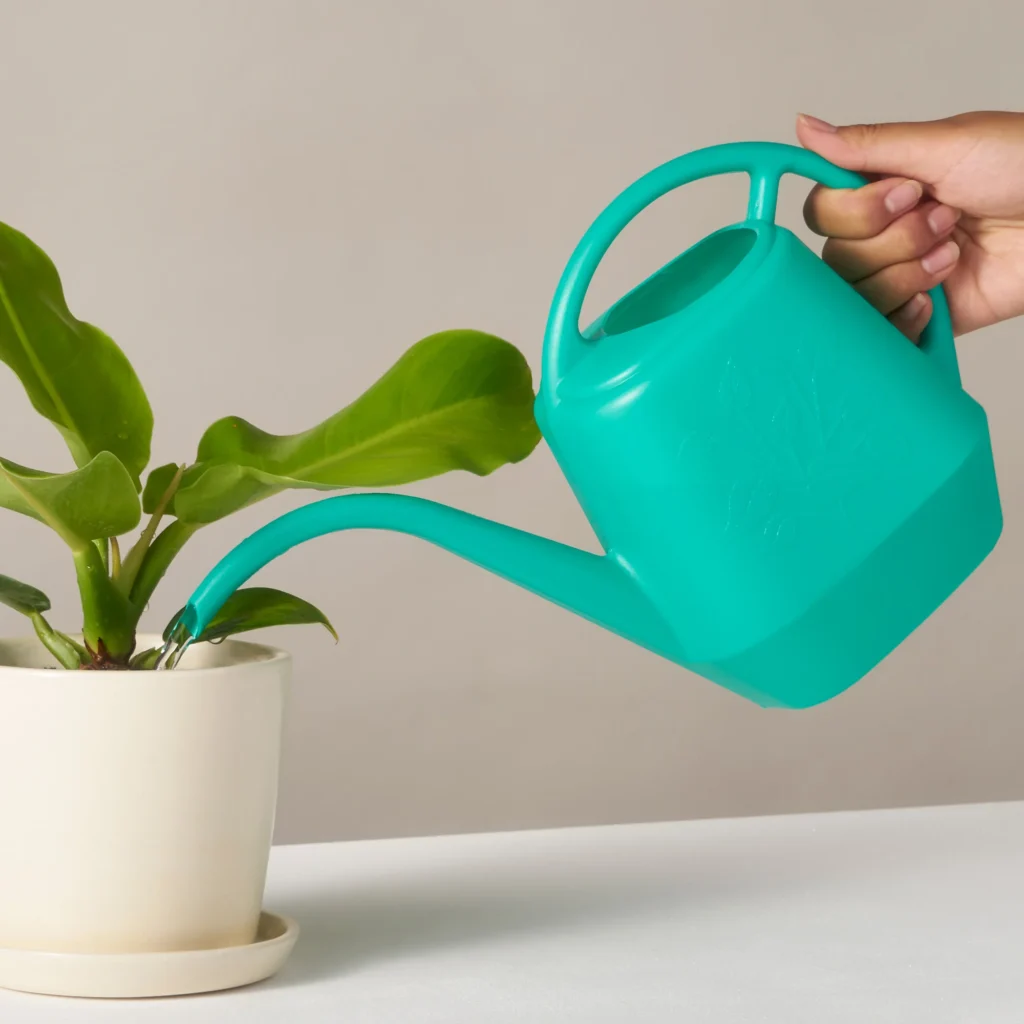
Mulching is an excellent way to retain soil moisture and reduce watering needs.
How to Mulch:
- Apply a 2–3 inch layer of organic mulch (straw, wood chips, or shredded leaves) around the base of plants.
- Keep mulch 1–2 inches away from the plant stem to prevent rot.
Benefits of Mulching:
- Reduces evaporation
- Keeps soil temperature stable
- Suppresses weed growth
- Protects roots from extreme weather
Step 6: Avoid Common Watering Mistakes
- Overwatering: Leads to root rot, yellow leaves, and mold growth.
- Underwatering: Causes wilting, leaf drop, and stunted growth.
- Watering Leaves Instead of Soil: Increases risk of fungal infections.
- Ignoring Seasonal Changes: Water less in cool, rainy periods; increase during hot, dry spells.
- Using Cold Water on Tropical Plants: Sudden temperature shock can stress roots; use room-temperature water when possible.
Step 7: Watering Tips for Specific Plants
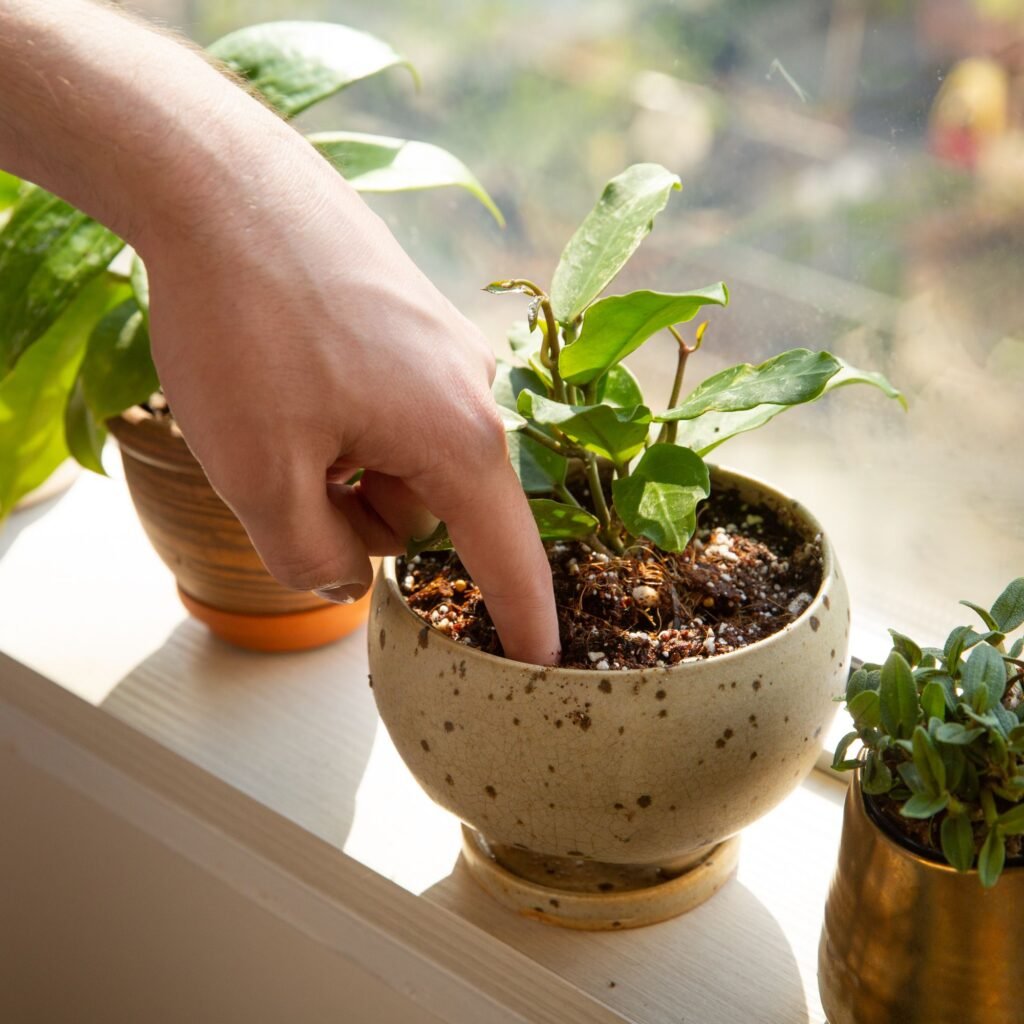
- Tomatoes: Water deeply at the base; avoid wetting leaves to prevent blight. Mulch around the base to retain moisture.
- Herbs: Most herbs prefer slightly drier soil. Water when the top inch is dry.
- Orchids: Water once a week; ensure good drainage and avoid standing water.
- Indoor Tropical Plants: Maintain evenly moist soil; mist leaves for humidity.
Step 8: Smart Watering Strategies
- Rainwater Harvesting: Use collected rainwater; it’s free of chemicals like chlorine or fluoride.
- Self-Watering Planters: Ideal for busy gardeners or for maintaining moisture in indoor plants.
- Drip Irrigation Systems: Deliver water directly to roots efficiently, conserving water and reducing weeds.
- Grouping Plants: Place plants with similar water needs together for more efficient watering.
Step 9: Signs Your Plants Are Not Getting Enough Water
- Wilting leaves or drooping stems
- Leaf curl or browning edges
- Dry, compacted soil
- Slow growth or premature leaf drop
Tip: Early detection prevents permanent damage to your plants. Adjust watering habits as needed.
Step 10: Signs of Overwatering
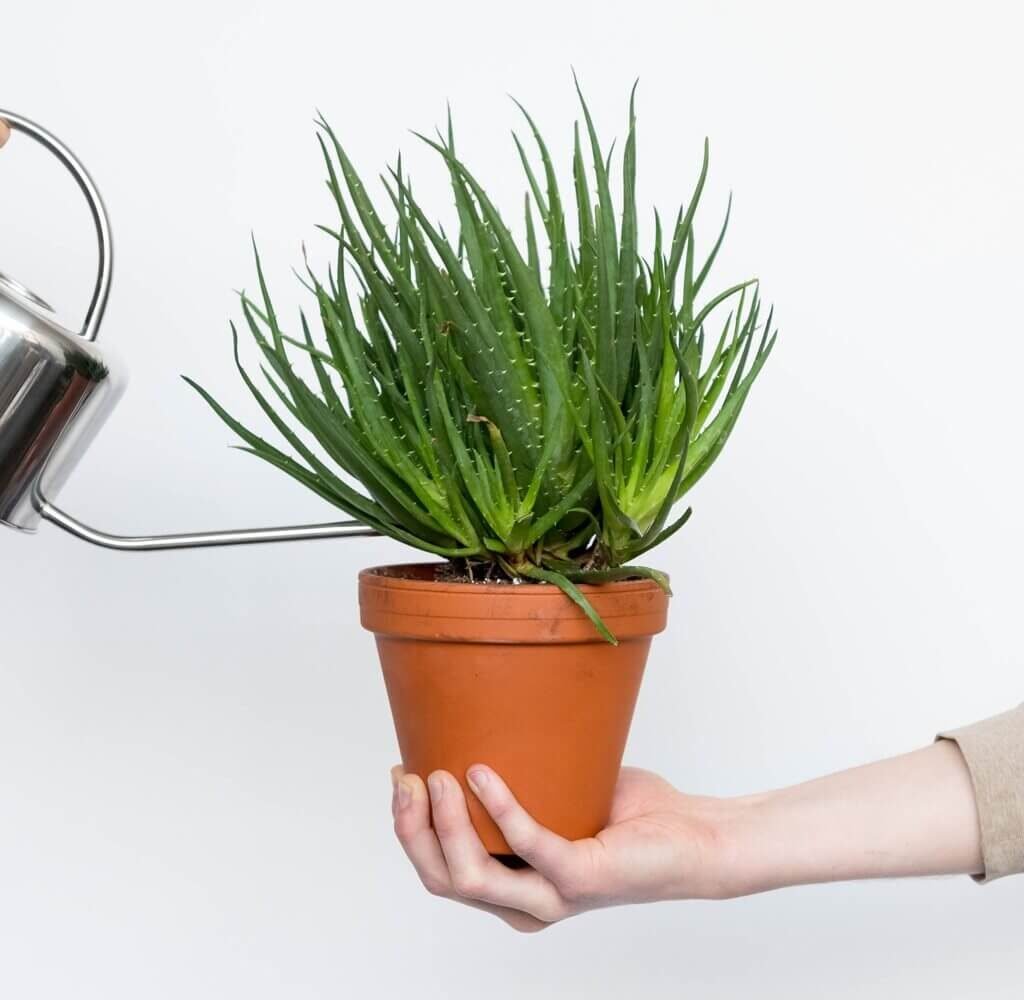
- Yellowing or mushy leaves
- Mold or algae growth on soil surface
- Foul odor from soil
- Roots turning brown or rotting
Tip: If overwatering occurs, improve drainage, reduce watering frequency, and remove damaged leaves to encourage recovery.
Conclusion
Watering plants may seem simple, but doing it the right way is essential for healthy, thriving plants. Understanding your plant’s water needs, checking soil moisture, applying water deeply, choosing the right tools, and adjusting for seasonal changes are key steps to success.
By combining proper techniques, timing, and regular observation, you can avoid common pitfalls like overwatering or underwatering, ensuring your plants remain lush, vibrant, and productive. Remember, watering is not just about quantity—it’s about providing the right water, at the right place, at the right time.
With these tips, you can master the art of watering and watch your indoor and outdoor garden flourish all year round.
